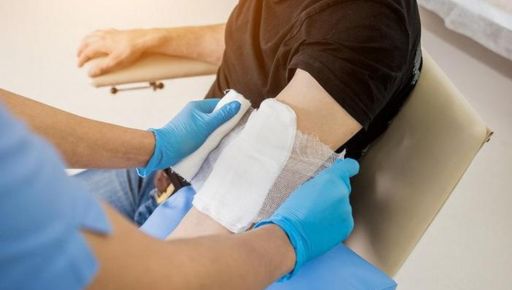Burn injuries can be life-changing. They affect both how we feel and how we see ourselves. In recent years, plastic surgery has offered new hope to burn patients. Techniques have improved, making recovery and transformation possible. A cosmetic plastic surgeon Pasadena might use skin grafts, tissue expansion, or flap surgery. These methods help restore what was lost. Patients often share their success stories. These stories show resilience and the power of modern medicine.
Understanding Burn Injuries
Burns can range from minor to severe. Minor burns might heal on their own, but severe burns need medical attention. Third-degree burns damage all layers of the skin. They may affect tissues beneath the skin, like muscles and bones. In these cases, plastic surgery plays a crucial role in healing.
Plastic Surgery Techniques
Three key techniques help in treating burn injuries:
- Skin Grafts: This involves taking healthy skin from one part of the body to cover the burn area. It helps wounds heal faster.
- Tissue Expansion: Surgeons insert a balloon-like device under the skin. This device stretches the skin to cover larger areas.
- Flap Surgery: This moves healthy, living tissue from one body part to another. It carries its own blood supply, aiding in better healing.
Comparison of Techniques
| Technique | Advantages | Limitations |
| Skin Grafts | Quicker healing, covers large areas | May require multiple surgeries |
| Tissue Expansion | Uses patient’s own skin, minimal scarring | Longer process, initial discomfort |
| Flap Surgery | Strong blood supply, versatile | Complex surgery, longer recovery |
Success Stories
There are many inspiring stories of recovery. A young woman once suffered third-degree burns in a house fire. After several skin grafts, she regained function and confidence. Her story reminds us that healing is possible. Plastic surgery gave her a new start. Another young man, burned as a child, underwent flap surgery. This complex procedure transformed his life. Today, he advocates for burn survivors, showing that recovery is not just physical but emotional too.
The Role of Medical Institutions
Many medical institutions support burn recovery. For example, the National Institute of Dental and Craniofacial Research provides resources and research on improving surgical outcomes. The Johns Hopkins Burn Center is another leader in burn care, offering cutting-edge treatments and compassionate support to patients.
Future of Burn Surgery
Research continues to advance the field of burn surgery. Innovations like 3D-printed skin and regenerative medicine hold promise. These could mean faster recoveries and even better outcomes. Surgeons remain dedicated to improving techniques. This dedication brings hope to many who need it most.
Conclusion
Burn injuries can be devastating, but there is hope. With advanced plastic surgery techniques, recovery is possible. Each success story highlights the resilience and the human spirit. These stories inspire others on their healing journeys. As medicine evolves, so do the possibilities for recovery and renewal.



